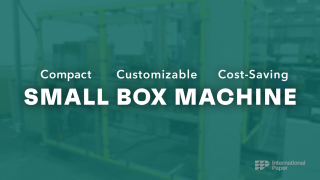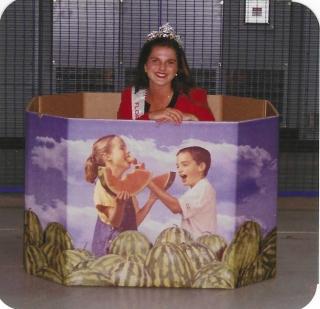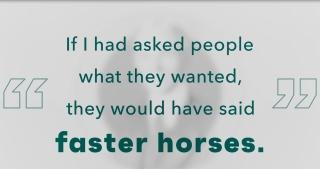The Circular Lifecycle of Climabin ®
They said it’s not the heat you have to worry about—it's the humidity. Over 125 years of excellence in the packaging industry have taught us to design boxes that excel in all conditions, including days of heat in an outdoor watermelon packing facility. When our customers faced costly structural issues to their bulk boxes, we took up the challenge to design a one-of-a-kind solution: the fully recyclable, triple walled Climabin® bulk bin.
Designing Innovation
The Climabin® story began out of necessity. Farms packing heavy produce such as melons, sweet potatoes, and pumpkins were looking for a stronger bulk bin. Containerboard is strongest against vertical force, which is why our boxes are a convenient and safe solution for warehouse storage. One problem with ordinary bulk bins was horizontal force would cause "bulging" and “bursting” due to moisture absorption weakening wall of the bin. Due to the high capacity of these bulk bins, the cost associated with bin failure could be between $100 and $3000 in freight for the producer. International Paper was certain a solution would be possible—one that provided greater rigidity, more stacking strength, and longer resistance to moisture.
Production
Sometimes the secret to product innovation is to think between the lines. In the case of Climabin®, the between refers to the “medium”—a fluted layer sandwiched between two or more liner boards. The medium is crucial for maintaining the structural longevity of a box, and absorbing too much water will inevitably cause failure.
Whether it’s the familiar, bold green and red watermelon graphic that you may have seen since childhood, or the licensed Peanuts “Great Pumpkin” design...customers have come to recognize our eye-catching displays as a sign of quality.
The key innovation came from our ClimaGuard® Medium technology, a non-wax solution to prevent moisture wicking and structural compromise, already in use in smaller containers and trays. We adapted this technology into Climabin® in 2016. Our team knew that Climabin® had to be especially robust to cover low to high humidity environments that are common at produce packing facilities, which tend to be a combination of indoor and outdoor facilities. After packing is complete, the bins will be transported to retailers, where the vibrant display stands out alongside other produce containers.
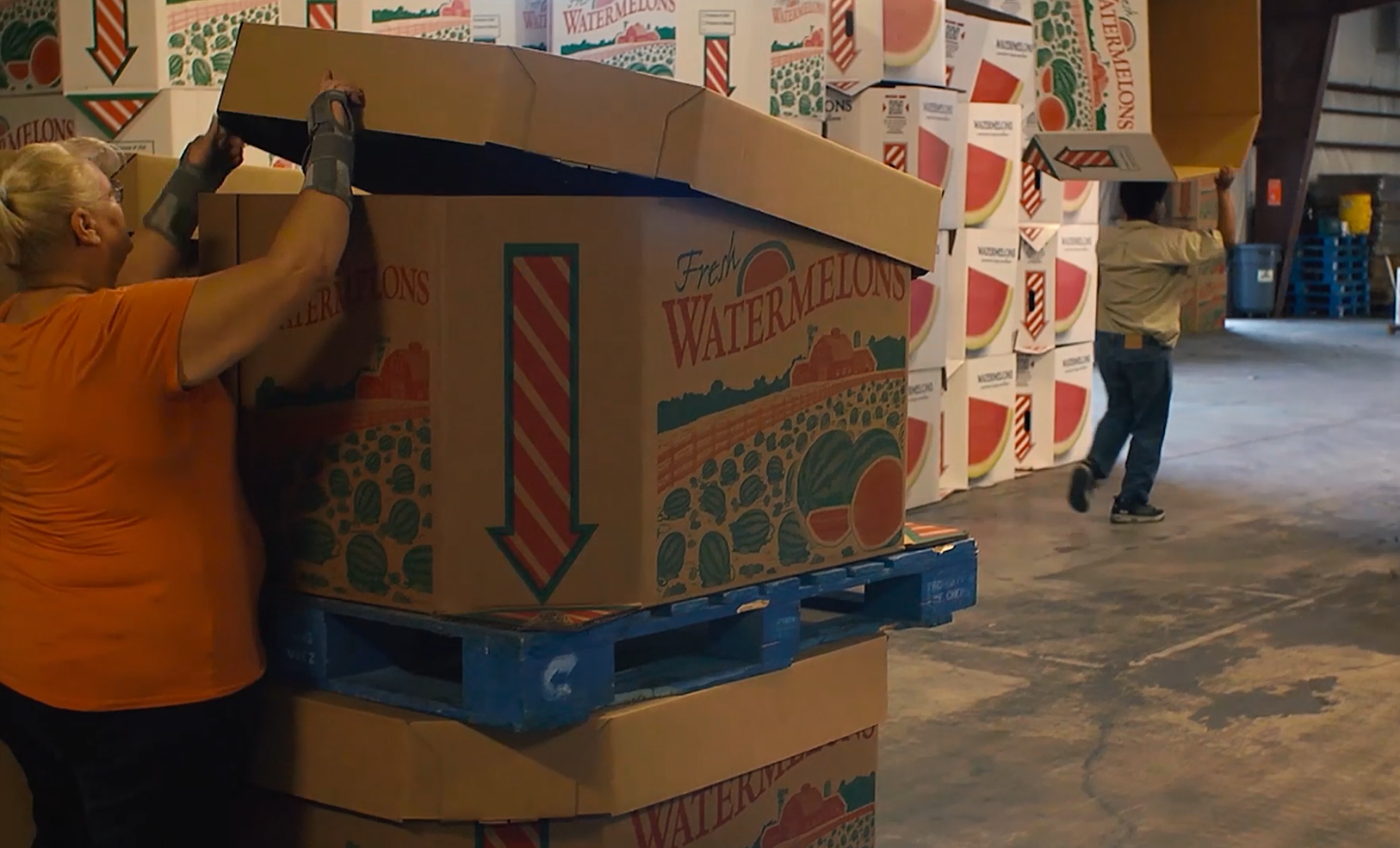
Retail
Climabin® are some of our most recognizable products—and not just because they are some of the largest and strongest! They mark the passing seasons and are a familiar site in grocery stores across the country. Whether it’s the familiar, bold green and red watermelon graphic that you may have seen since childhood, or the licensed Peanuts “Great Pumpkin” design--both done by our Value-Added Services graphics team--customers have come to recognize our eye-catching displays as a sign of quality. We give them the option of choosing between many variations of our in-house designs, and we love seeing our bins out in the wild, so snap a picture and send it to us next time you see one in the grocery store! Retail is the final stage in the Climabin® lifecycle before it is collected for recycling, to be mixed with virgin fiber to produce new boxes.
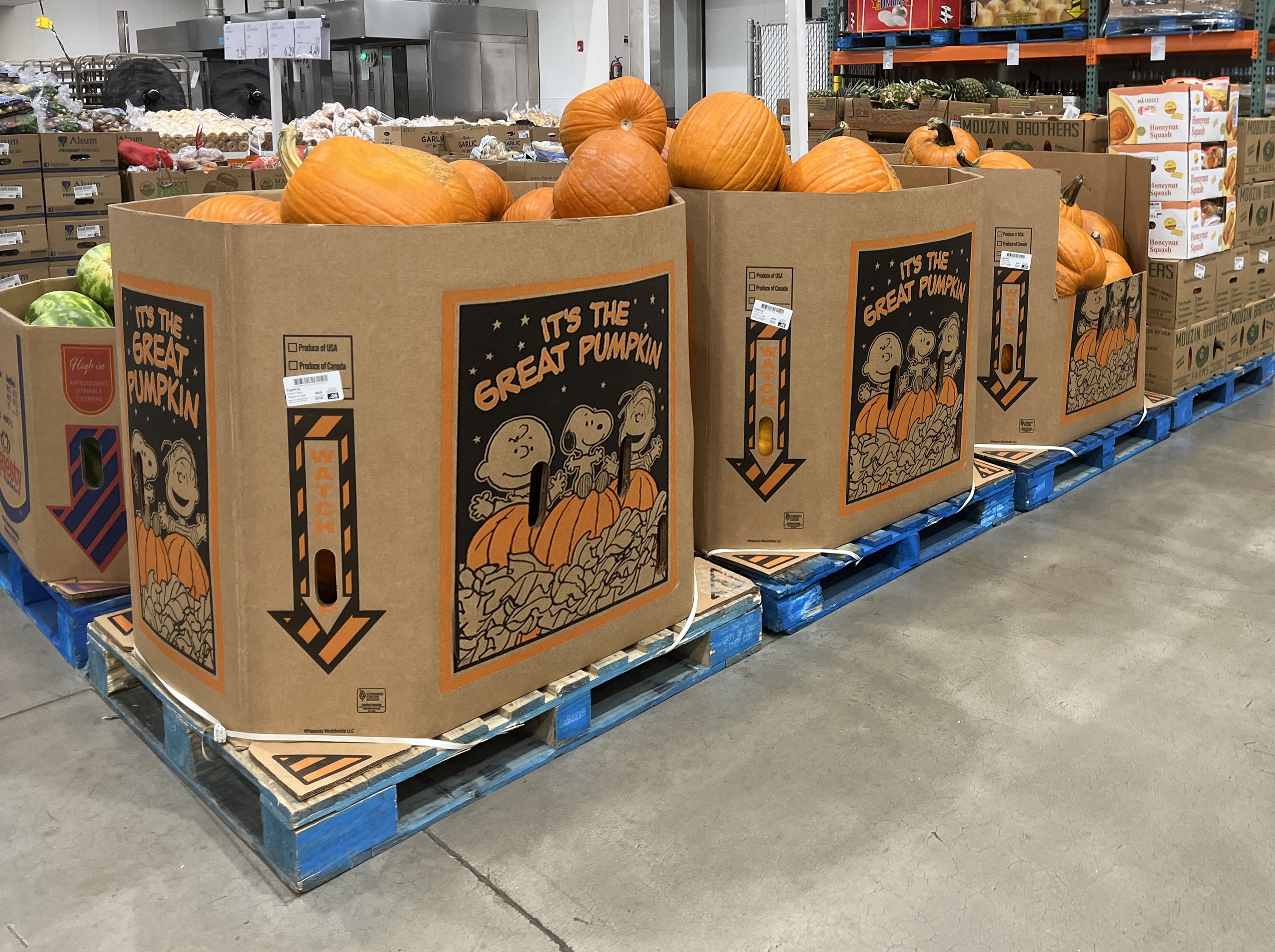
Recycling
Both our team and our customers recognize the importance of recycling as a way to reduce waste and extend the lifecycle of our products. High humidity and moisture can prove to be a significant challenge for containerboard. However, the most common wax-based coatings are often not recyclable. ClimaGuard® is a proprietary process inherent within the paper, which improves dry and wet strength, and reduces wicking of liquid water to near zero. Most importantly, ClimaGuard® is what makes Climabin® recyclable. After the box has been used at a retail facility such as your local supermarket, the bins are collected and sent to a recycling facility.
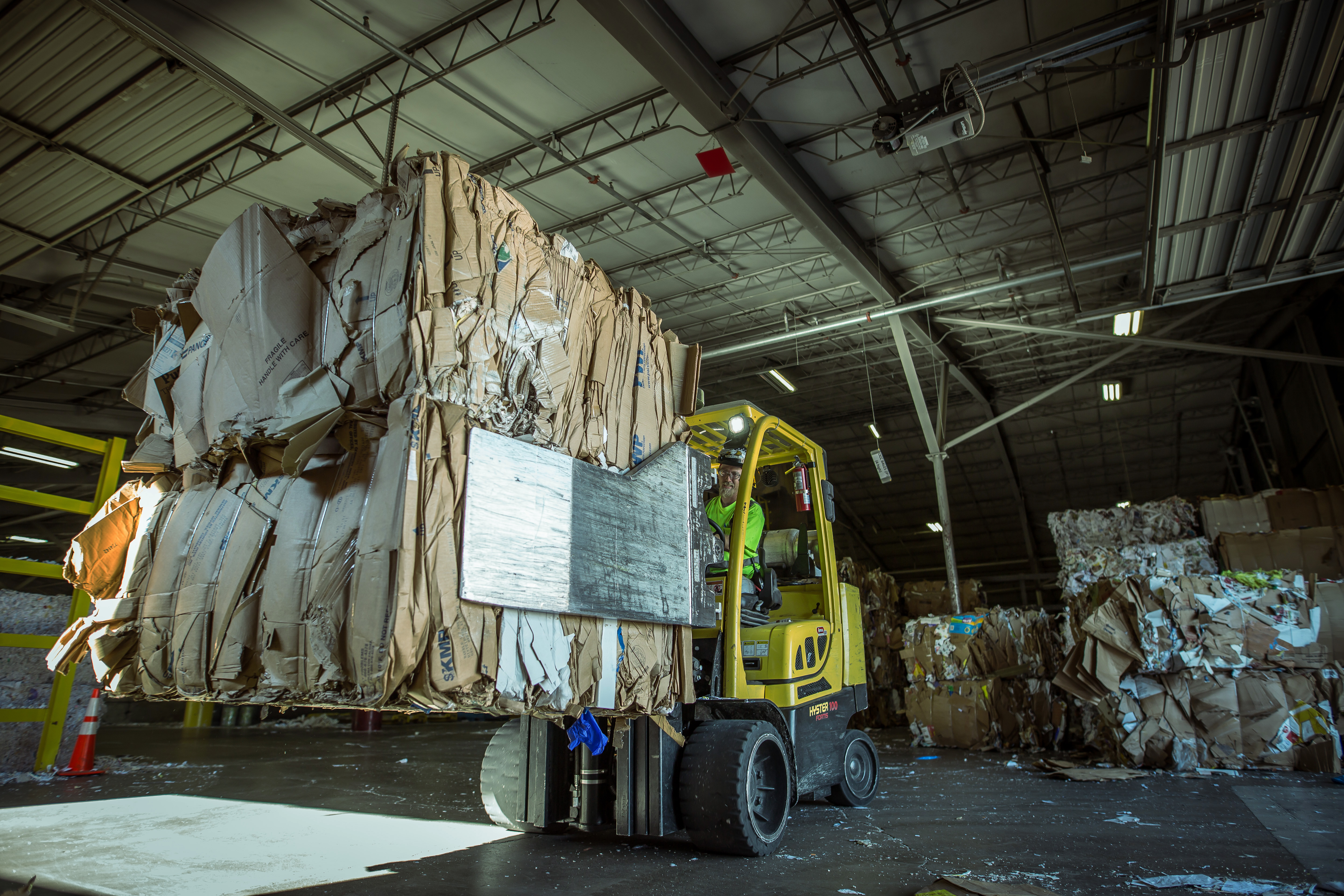
Circularity is at the core of our business. We strive to design products that maximize the life span of sustainable materials like containerboard, and afterwards can be recycled and reenter the market as raw materials for new boxes. This approach to manufacturing aligns with the Ellen MacArthur Foundation’s description of a circular economy: to eliminate waste, circulate high value products, and regenerate nature. Combining a sustainable proprietary technology with one of our largest product offerings, our one-of-a-kind Climabin® bulk bin is our gold standard of circular thinking.
